It’s getting real for some big-name spots, and not in a good way. A few longtime favorites are quietly slipping into trouble while we’re still reminiscing about the breadsticks. These restaurants that are on the brink of closing may have once been packed, but times change fast. From rising costs to changing tastes, the pressure is stacking up. If you’ve got a go-to on this list, now might be the time to show it some love before it’s gone for good.
Blimpie
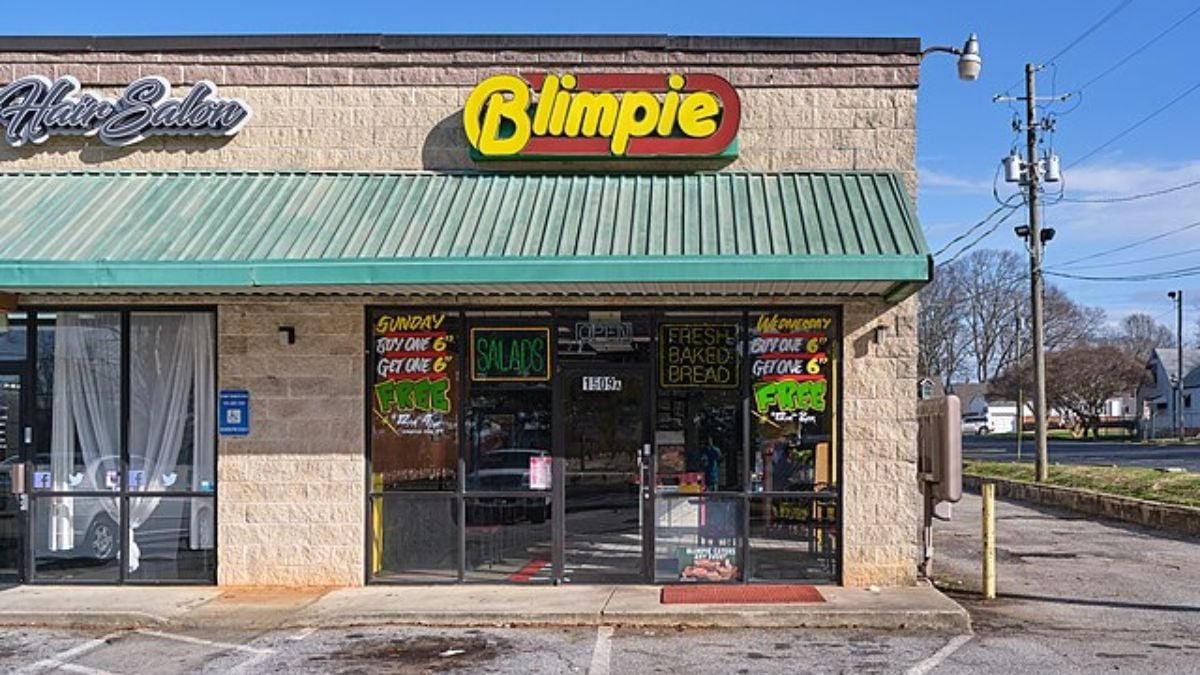
Once a major sandwich player, Blimpie’s collapse shows what happens when corner-cutting meets debt. Franchisers rushed to open locations, but quality fell behind. It’s a case study in how overlooking long-term health can take down a brand.
Sbarro
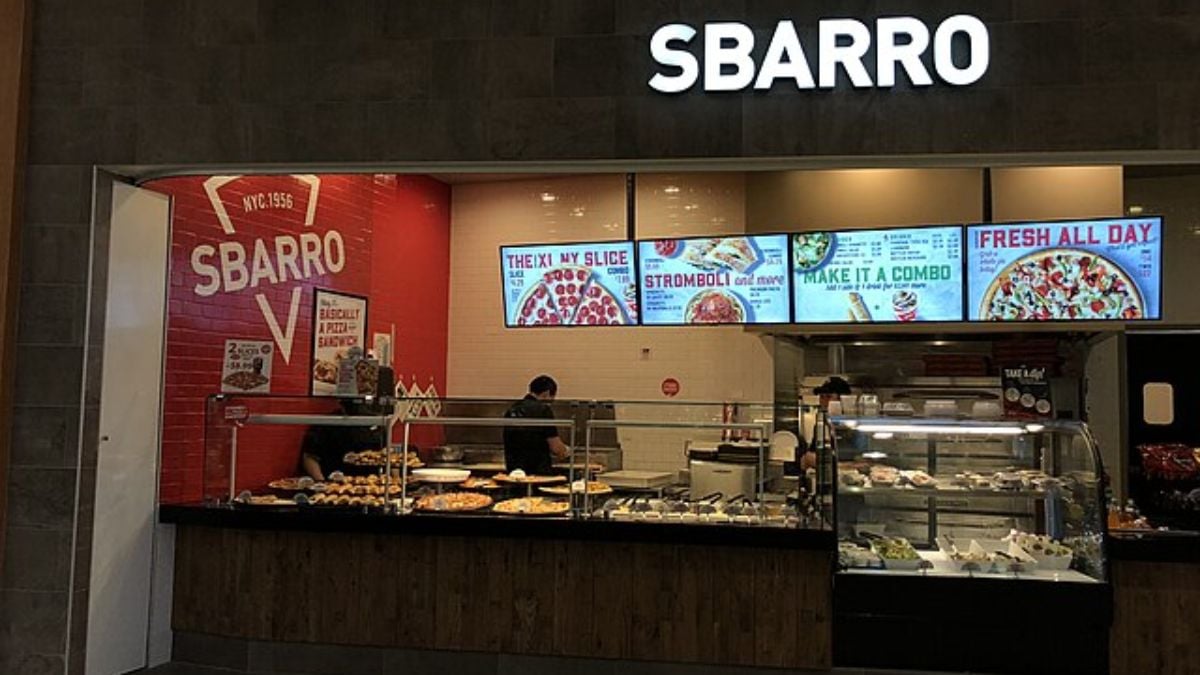
Built for mall crowds, Sbarro couldn’t pivot when foot traffic disappeared. Filing for bankruptcy three times and closing 155 stores speaks volumes. It highlights what happens when you depend too much on one type of location.
Schlotzsky’s
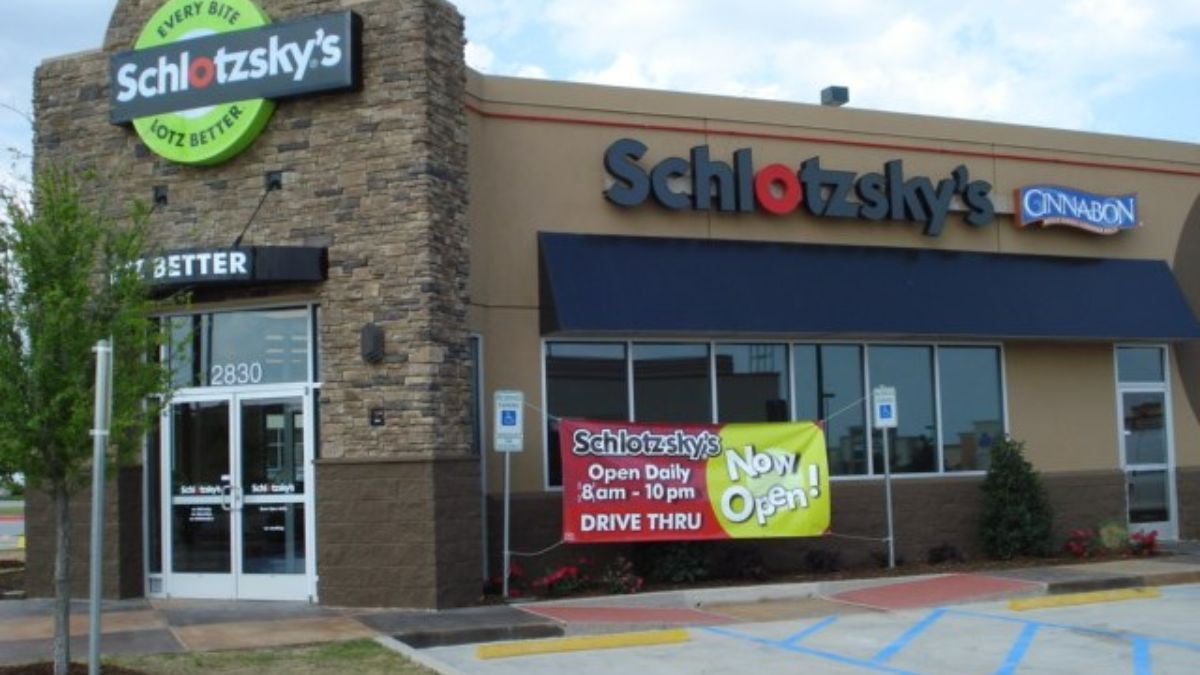
This deli chain lost over 250 locations during bankruptcy and left franchisees struggling. What began as a beloved sandwich spot became a cautionary tale about mismanagement. It shows how even popular brands can vanish under poor leadership.
Fuddruckers
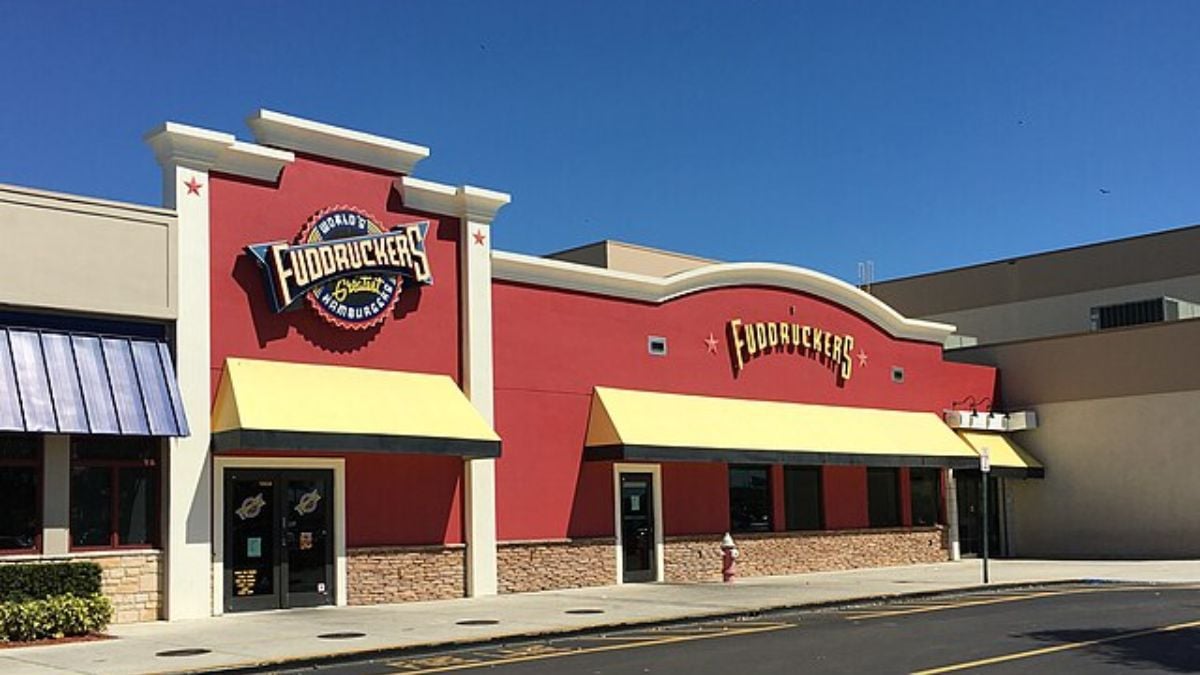
Fuddruckers rode high on flavor but fell into ownership limbo after being sold and liquidated. Once a burger favorite, it turned into a corporate asset, not a dining destination. It’s proof that balance sheets can overshadow brand loyalty.
Wendy’s
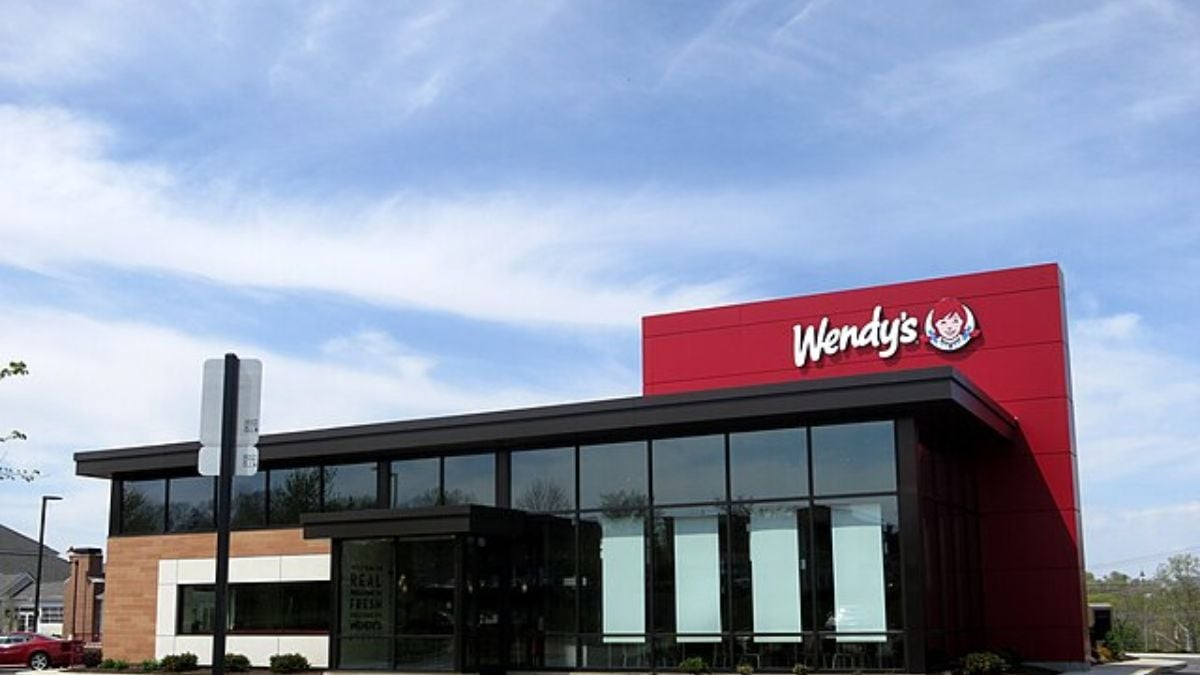
Closing 140 restaurants in 2024, Wendy’s strategy to open more raises red flags. It suggests growth came at the expense of fixing weak spots. This highlights risks when expansion masks deeper problems.
Ruby Tuesday
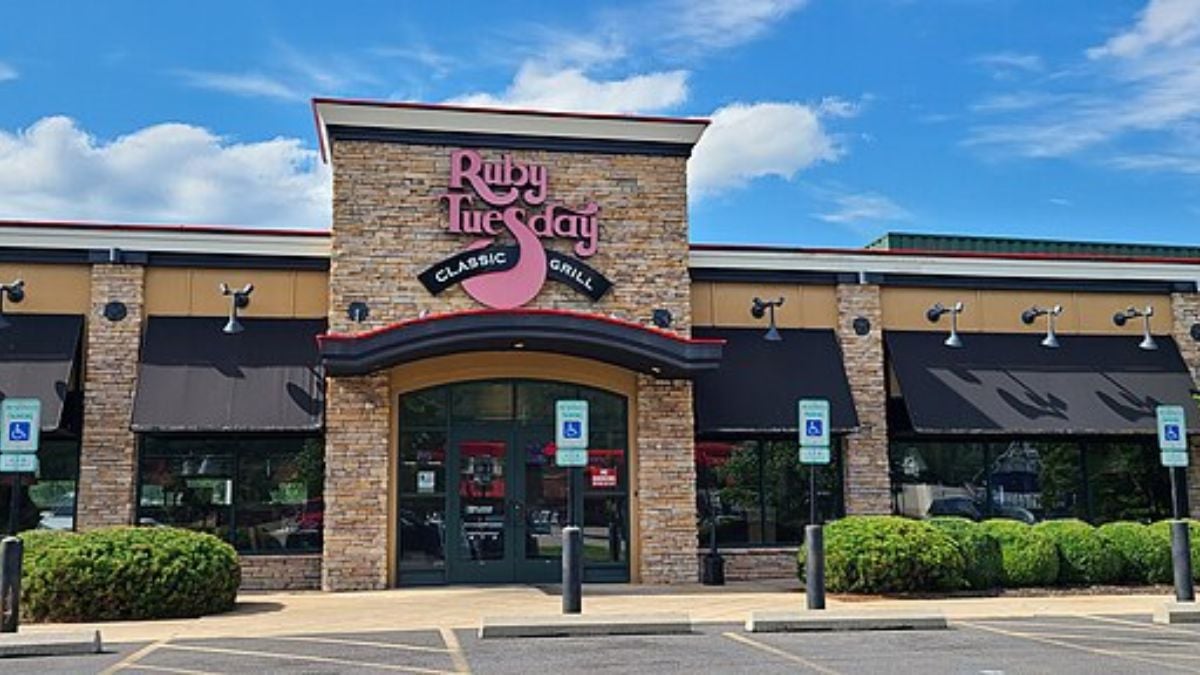
Over 150 silent closures since 2020 make Ruby Tuesday a vanishing act. It quietly faded as younger diners flocked elsewhere. It’s a reminder that mid-tier chains can get squeezed out fast.
Boston Market
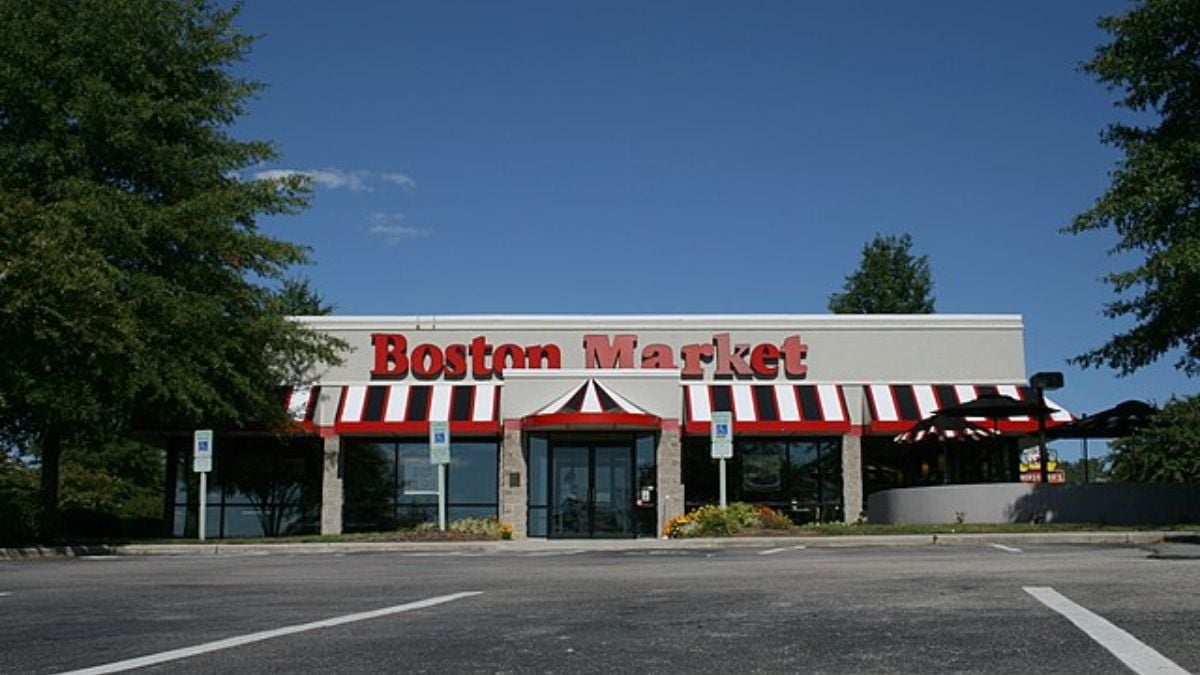
Once a rotisserie staple, Boston Market struggled with vendor debt and tax liens. Some units resorted to grocery-store ingredients just to stay open. It’s a warning that financial trouble can shrink even comfort-food chains.
Jack in the Box
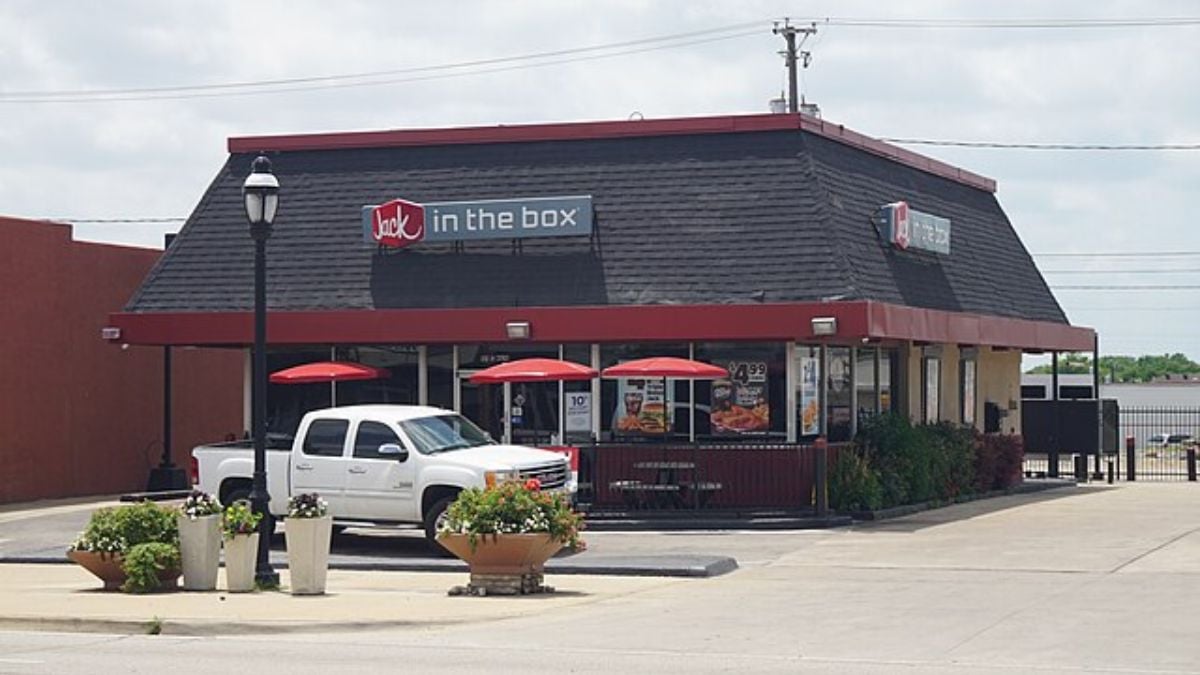
Plans to close 200 outdated locations show how shifting suburbs leave some stores stranded. “Jack on Track” flags reveal a brand forced to course-correct. It shows how staying put can cost you customers.
On the Border
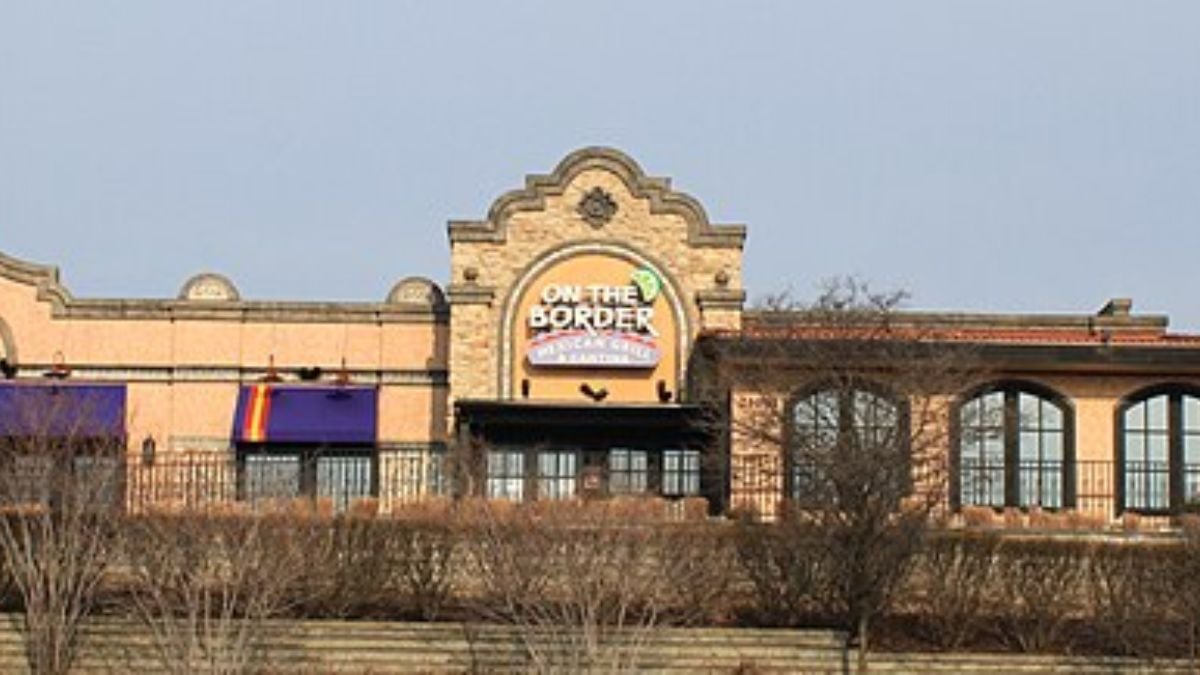
This Tex-Mex chain folded into Chapter 11 after losing diners and staff. Its need for cooks hurt it during labor shortages. It shows that even niche spots can crumble under pressure.
Fazoli’s
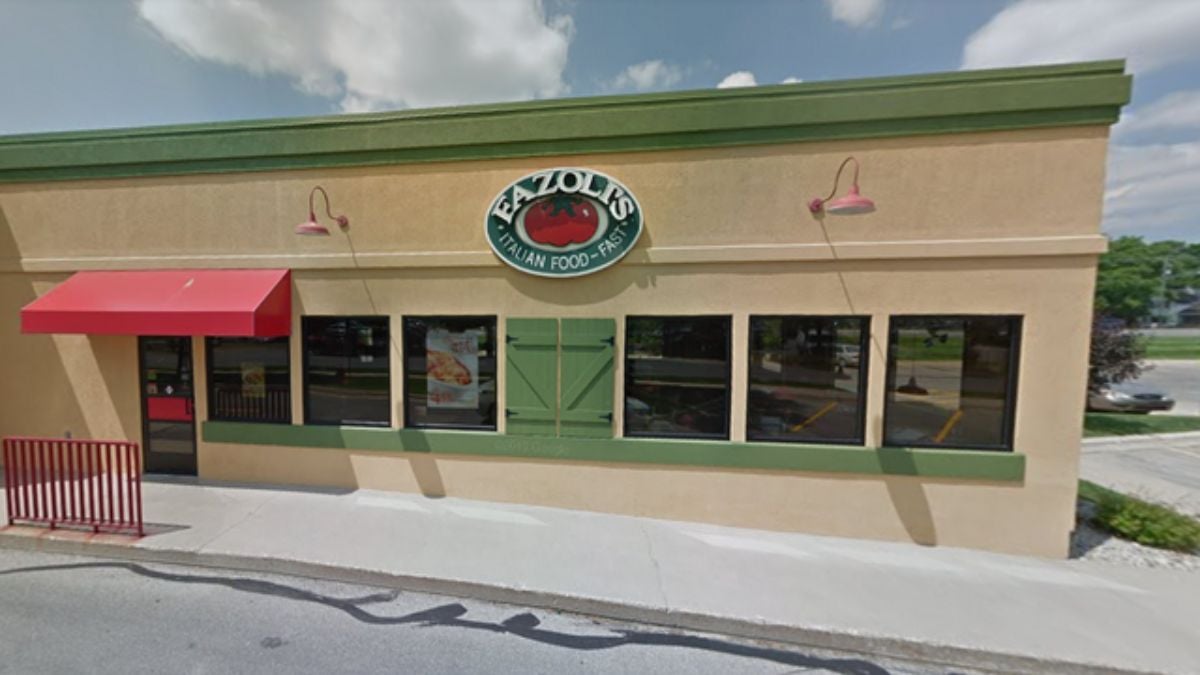
Italy’s biggest fast-casual pasta brand is slowly shrinking despite rising sales at remaining stores. The “survivor effect” glosses over decline. It’s a reminder that holding steady isn’t always winning.
eegee’s
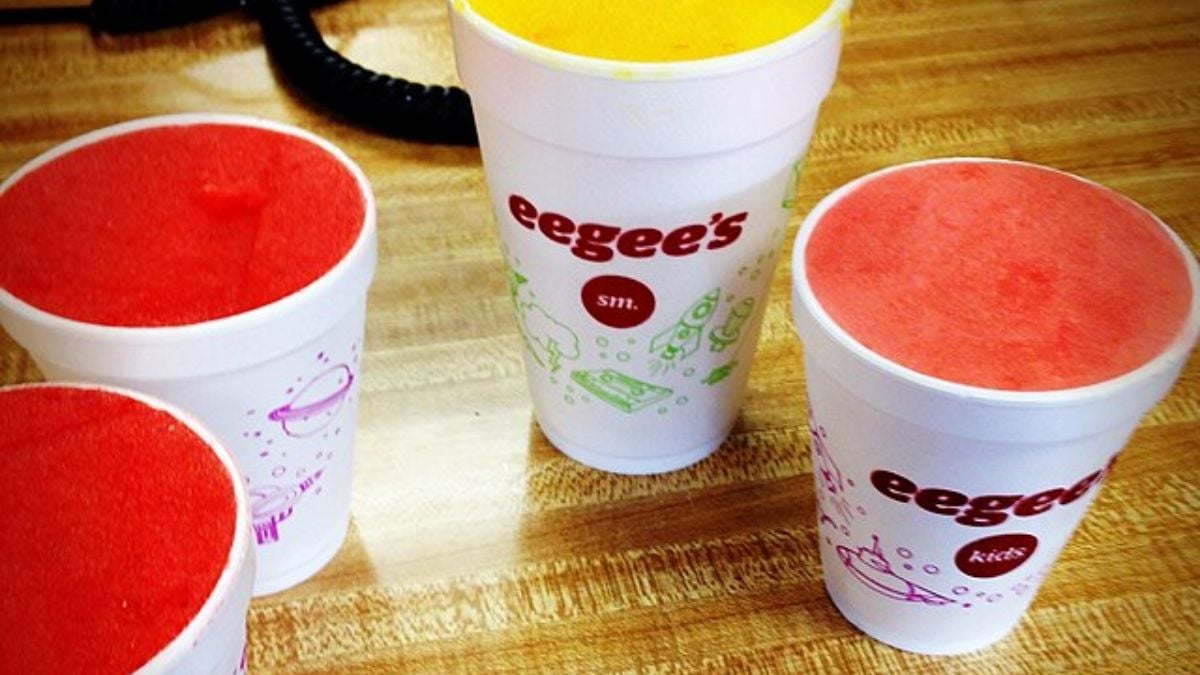
Celebrated in Arizona, eegee’s filed for bankruptcy after a sale led to cost cuts and quality loss. That combo hurt customer loyalty fast. It’s proof that even regional stars can fade under investor control.
Long John Silver’s
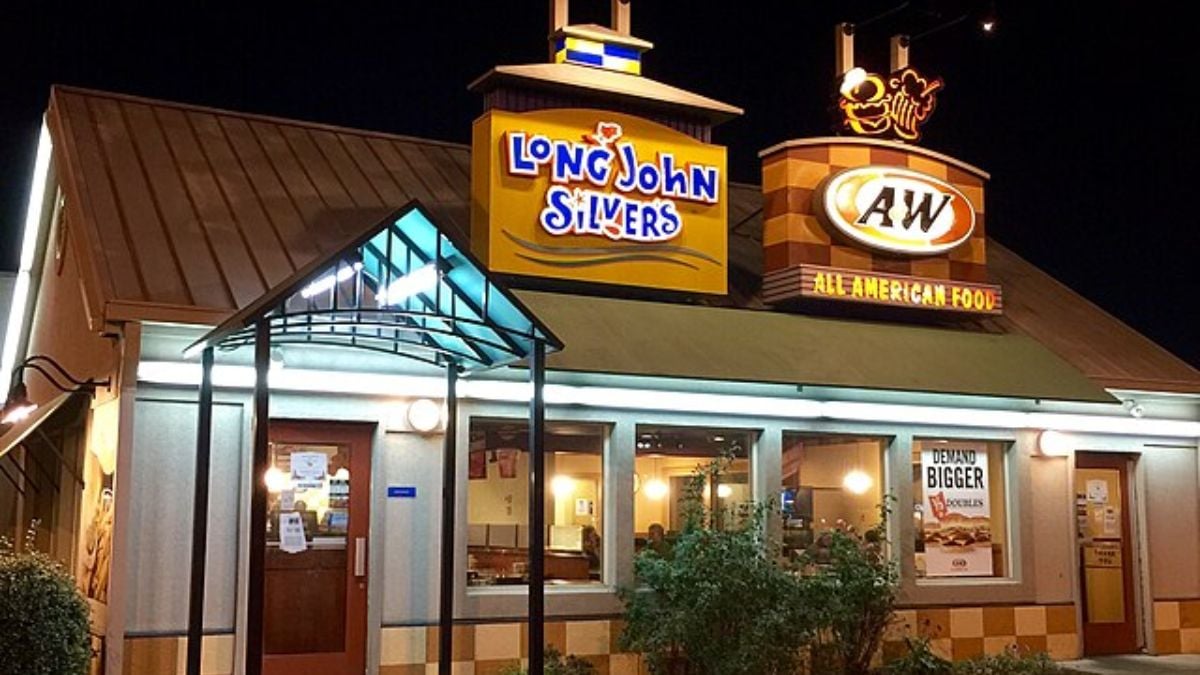
From 1,500 locations to around 700, this seafood chain didn’t modernize its menu or brand. It’s slowly fading into obscurity. It shows how outdated offerings can sink a once-buzzy name.
Subway
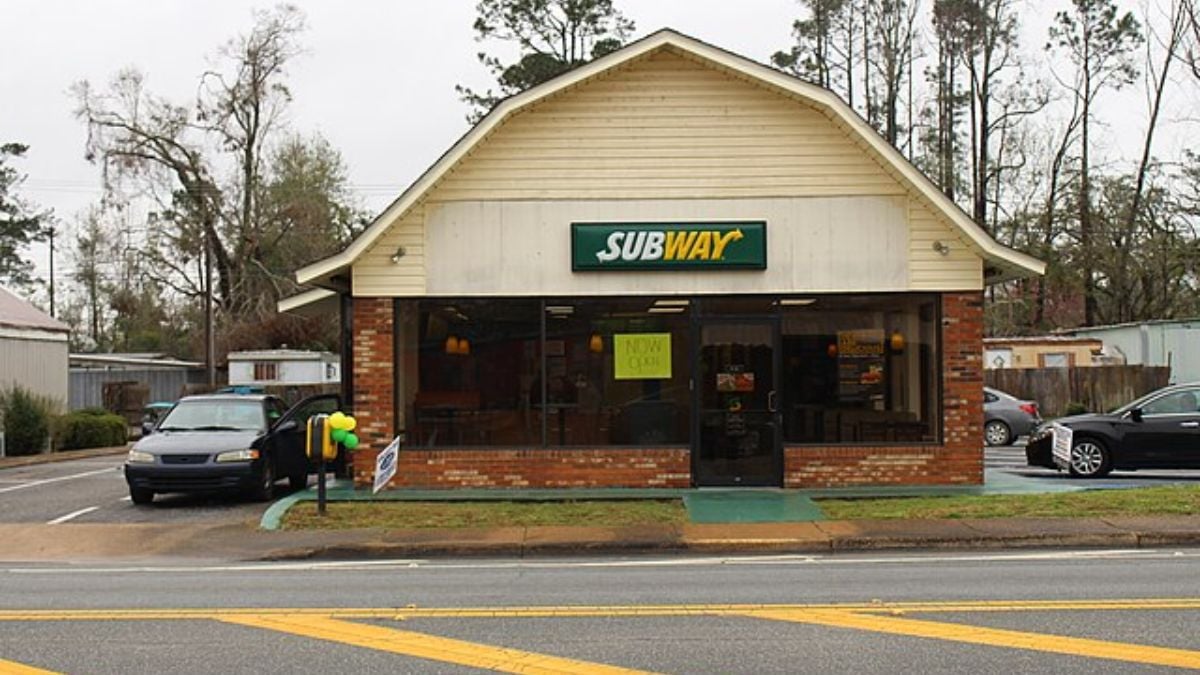
Subway’s massive footprint shrank as inconsistent quality turned customers away. Even store remodels haven’t reversed the trend. It highlights how fast-food giants can falter when they fail to adapt.
Krystal
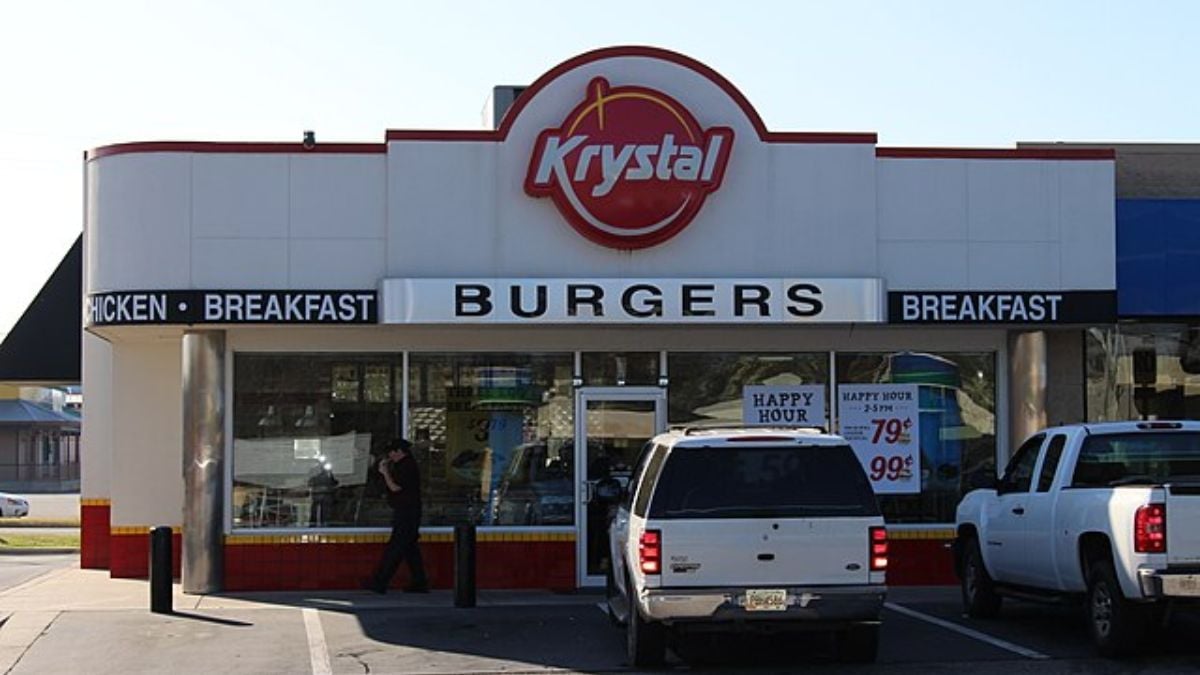
One of the oldest fast-food chains, Krystal went bankrupt under $100 million in debt. It couldn’t keep up with app-driven convenience. It highlights how digital-first demands can leave old-school chains behind.
Steak ‘n Shake
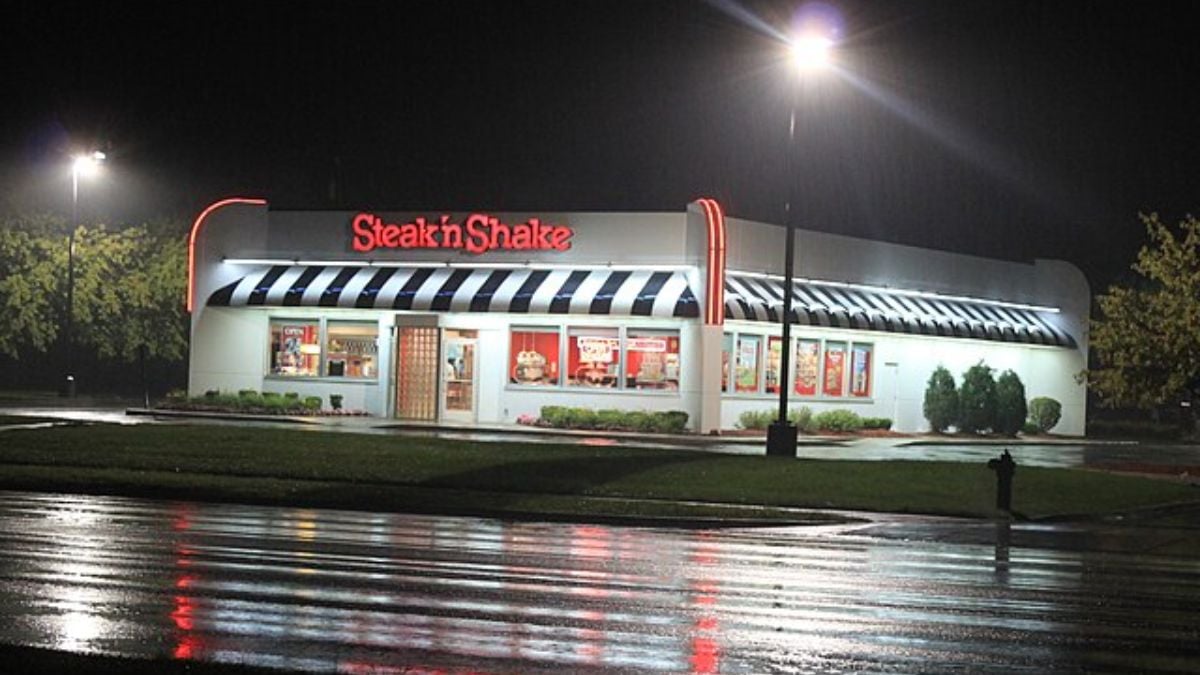
Closing hundreds of stores after failed kiosk investments shows how cost cuts cannibalized service. Even big investments can backfire. It underlines the delicate balance between tech and service.
Hooters
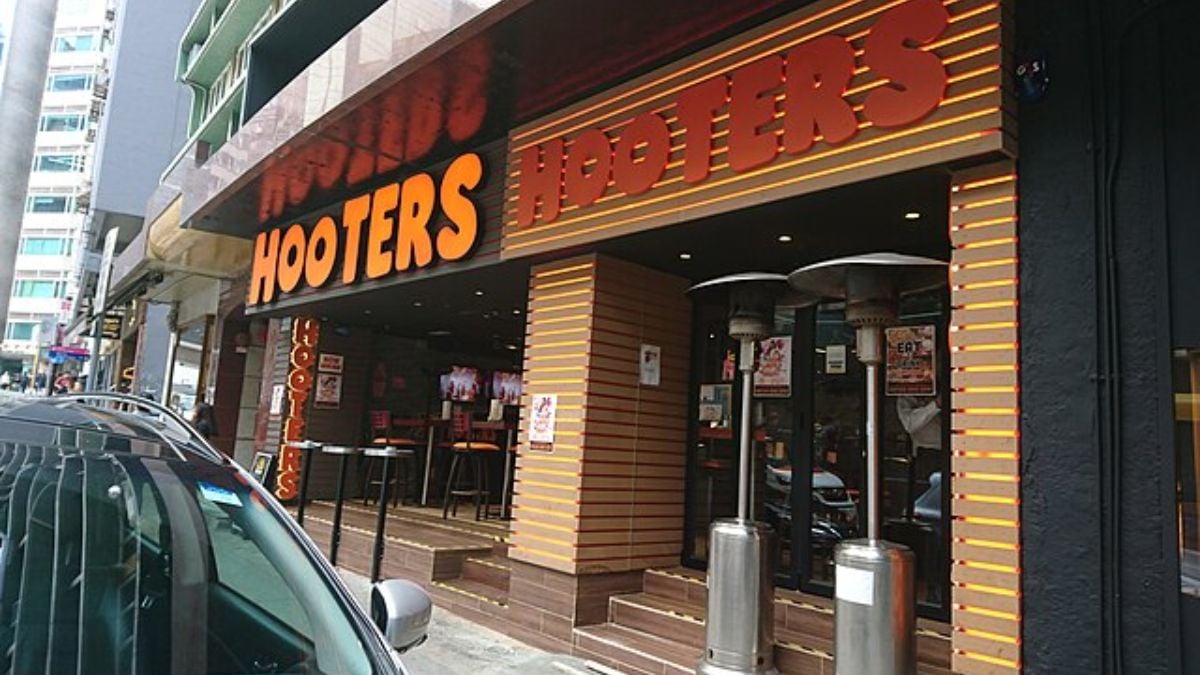
Filing for bankruptcy and closing over 30 outlets signals how its dated concept no longer clicks. Younger diners now demand inclusivity. It’s a clear sign traditions can limit growth.
Quiznos
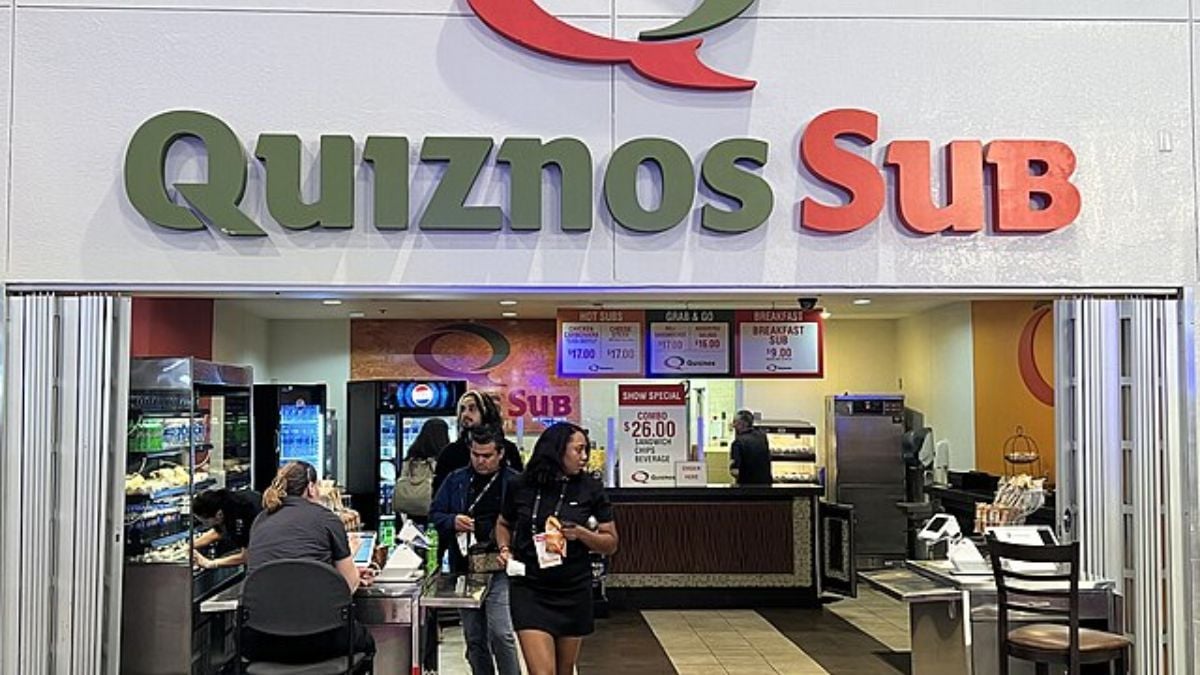
Once a real threat to Subway, Quiznos now has under 200 stores. Its model forced franchisees to buy overpriced supplies and collapse under pressure. It’s a textbook case of how greed can sink the sandwich dream.

